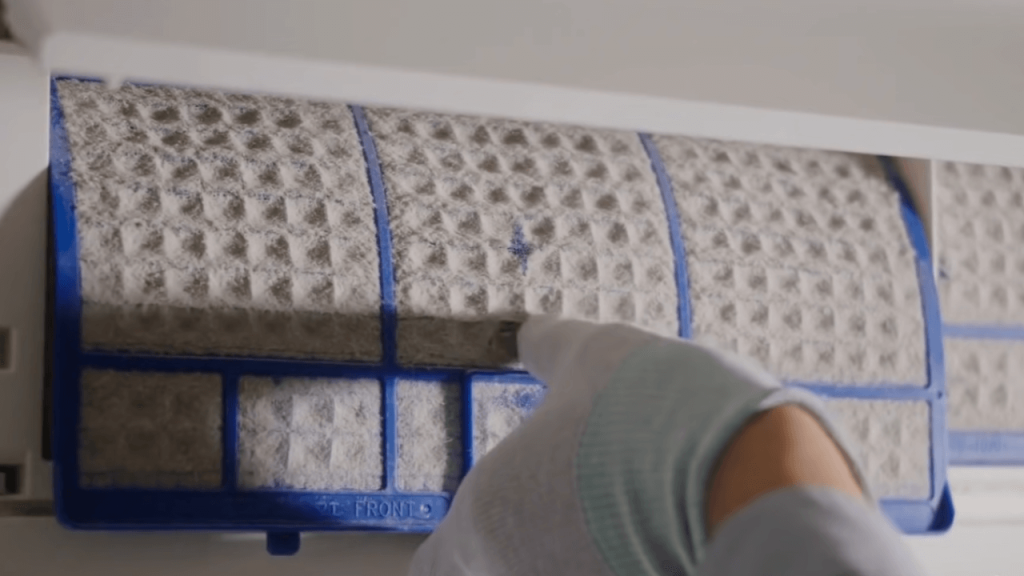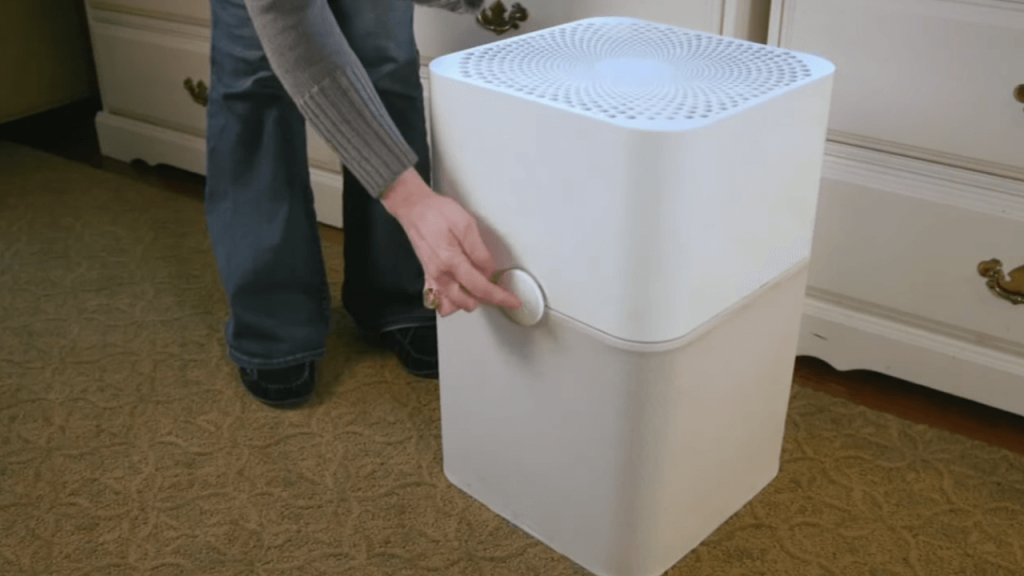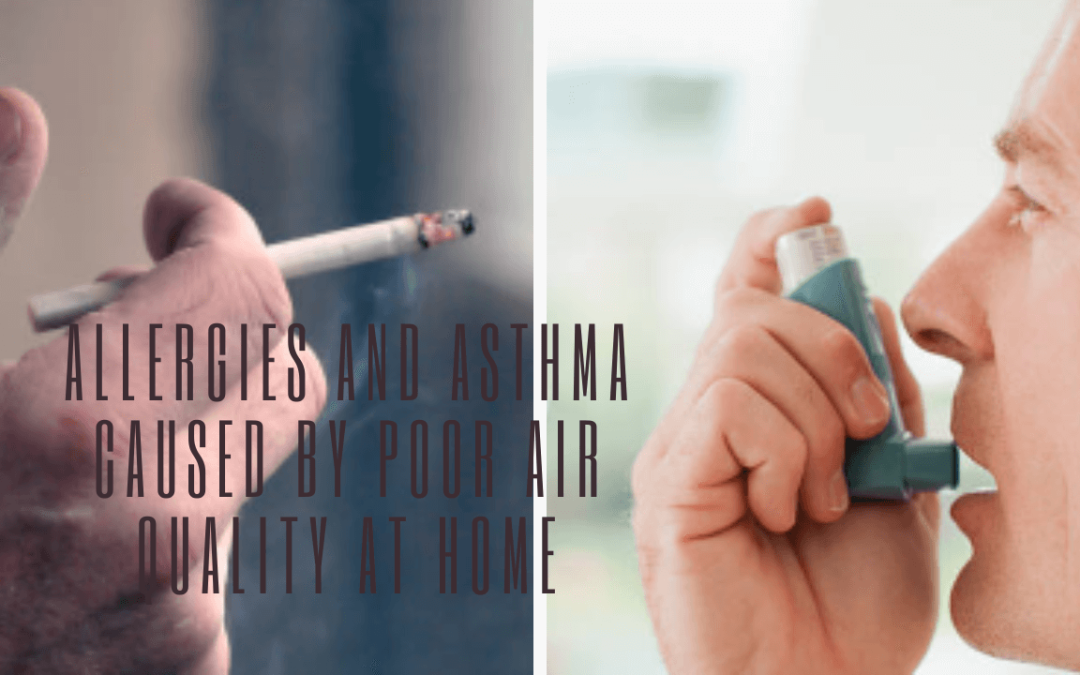We recognize the significant impact Allergies and Asthma Caused by Poor Air Quality at Home can have on health. Indoor pollutants like smoke, dust mites, and pet dander, along with outdoor allergens like pollen and mold, worsen symptoms. Inadequate ventilation and certain materials contribute to poor air quality, highlighting the need for better air management to protect against respiratory issues.
Understanding the correlation between poor air quality and allergies and asthma is essential for taking appropriate action to enhance indoor air quality and prevent health problems. In this blog post, we will delve into the causes and effects of poor air quality on allergies and asthma, and provide valuable tips on how to improve the air quality in your home. We emphasize the importance of creating a healthy indoor environment that promotes respiratory well-being and nurtures a harmonious relationship with nature.
The causes of poor air quality at home

Indoor air quality is a significant concern for, as it directly affects the health and well-being of individuals within their homes. Several factors contribute to poor indoor air quality, including both indoor and outdoor pollutants, inadequate ventilation, and the materials and products used in the building.
Indoor pollutants encompass a range of contaminants that originate from within the home. These include tobacco smoke, dust mites, pet dander, household cleaning products, and volatile organic compounds (VOCs) emitted by paint, adhesives, and plastics.
Outdoor pollutants infiltrate the indoor environment through openings such as windows, doors, and ventilation systems. These pollutants can include pollen, mold spores, vehicle emissions, and various particulate matter.
Inadequate ventilation and insufficient air circulation can lead to the accumulation of pollutants indoors. This situation can arise when homes are sealed tightly for energy conservation purposes or when ventilation systems are not functioning optimally.
Building materials and household products can also release harmful pollutants into the indoor air. Older homes may harbor asbestos or lead-based paint, while newer homes may contain formaldehyde and other VOCs present in building materials. Additionally, household items like air fresheners, candles, and cleaning products can contribute to poor indoor air quality.
Recognizing the sources of poor air quality within your home empowers you to take the necessary measures to mitigate them and enhance indoor air quality. In the following section, we will delve into the effects of poor air quality on allergies and asthma, shedding light on the importance of improving the air we breathe indoors.
The effects of poor air quality on allergies and asthma

Poor air quality at home is a pressing concern, as it directly impacts respiratory health, particularly for individuals with allergies and asthma. Various indoor and outdoor allergens contribute to allergic reactions and worsen asthma symptoms, necessitating a proactive approach to address Allergies and Asthma Caused by Poor Air Quality.
Allergies occur when the immune system reacts to typically harmless substances. Indoor allergens like dust mites, pet dander, and mold can induce allergic responses, including sneezing, a runny nose, itchy eyes, and skin rashes. Outdoor allergens, such as pollen, can infiltrate the indoor environment and trigger allergic reactions. Prolonged exposure to these allergens can even lead to the development of new allergies or the aggravation of existing ones.
Asthma, a chronic respiratory condition characterized by airway inflammation and constriction, is susceptible to exacerbation by poor air quality. Triggers commonly associated with asthma include tobacco smoke, dust mites, pet dander, pollen, and mold spores. Exposure to these triggers can elicit wheezing, coughing, chest tightness, and shortness of breath.
Long-term exposure to subpar air quality can have significant health consequences. Extensive research has linked indoor air pollution to an increased risk of heart disease, stroke, and respiratory ailments like chronic obstructive pulmonary disease (COPD).
To safeguard your health and mitigate allergies and asthma symptoms, it is crucial to take proactive measures to enhance indoor air quality. In the subsequent section, we will delve into effective strategies for accomplishing this goal.
How to improve indoor air quality
Improving indoor air quality is a crucial concern for, as it directly impacts the health and well-being of individuals, particularly those with allergies and asthma. By implementing the following tips, you can enhance indoor air quality and mitigate the risk of allergies and asthma symptoms:
- Identify and eliminate indoor pollutants: Begin by identifying potential sources of indoor pollution in your home, such as tobacco smoke, dust mites, and pet dander. Take proactive measures to eliminate or minimize exposure to these pollutants, such as quitting smoking or utilizing air purifiers to effectively remove allergens.
- Enhance ventilation and air circulation: Optimal ventilation and air circulation are vital in eliminating pollutants and enhancing indoor air quality. Open windows and doors whenever possible to facilitate the influx of fresh air. Additionally, employ exhaust fans in kitchens and bathrooms to expel moisture and pollutants effectively.
- Utilize air purifiers and filters: Employing air purifiers and filters can significantly contribute to removing pollutants from the air within your home. Ensure you select purifiers or filters with a HEPA (high-efficiency particulate air) rating, capable of capturing particles as small as 0.3 microns, with an efficiency of 99.97%.
- Choose safer building materials and household products: When engaging in home remodeling or decoration projects, prioritize materials low in volatile organic compounds (VOCs) and refrain from using products containing harmful chemicals. Look for cleaning and personal care products labeled as “fragrance-free” or “unscented.”
- Maintain a clean home: Regular cleaning plays a crucial role in eliminating dust, dirt, and other pollutants from your living environment. Frequently vacuum carpets and rugs, using a damp cloth to dust surfaces. Washing bedding and stuffed animals in hot water can effectively eradicate dust mites.
Conclusion
Poor air quality at home poses significant risks to our health, particularly for individuals with allergies and asthma. We recognize the importance of addressing Allergies and Asthma Caused by Poor Air Quality at Home and taking proactive measures to improve indoor air quality.
Identifying the sources of indoor pollution is a crucial first step. By pinpointing culprits such as dust mites, pet dander, and other allergens, we can devise effective strategies to minimize exposure and mitigate symptoms. Increasing ventilation and air circulation within our homes aids in removing pollutants and ensuring a fresher atmosphere. Opening windows and utilizing exhaust fans in areas prone to moisture build-up, such as kitchens and bathrooms, can facilitate the flow of clean air.
Air purifiers and filters equipped with high-efficiency particulate air (HEPA) technology serve as valuable tools in capturing and eliminating airborne pollutants. Investing in these devices helps ensure the removal of particles as small as 0.3 microns, greatly benefiting those with respiratory sensitivities.
Choosing safer building materials and household products is another crucial aspect. Opting for low-VOC options during remodeling or construction projects minimizes the release of harmful chemicals into the air. Similarly, using fragrance-free or unscented cleaning and personal care products reduces potential irritants.
Maintaining a clean home is an ongoing commitment. Regular vacuuming of carpets and rugs, along with diligent dusting using damp cloths, effectively removes accumulated dust, dirt, and allergens. Washing bedding and stuffed animals in hot water eliminates dust mites, further enhancing indoor air quality.

